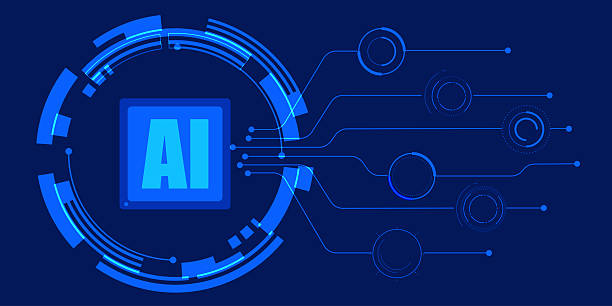What is On-Page SEO and Why is it Important?
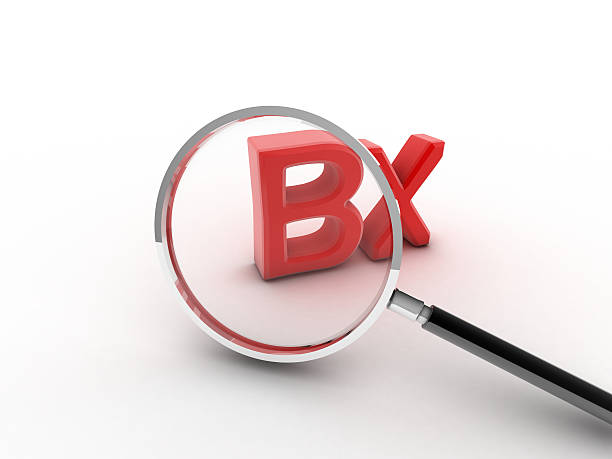
On-Page SEO refers to a set of actions taken to optimize website pages in order to improve ranking in search results.
These actions include optimizing content, title tags, meta descriptions, URL structure, images, and more.
The importance of On-Page SEO is that it helps search engines better understand the content of your site and display it in relevant results.
A site with strong On-Page SEO has a better chance of attracting organic traffic and increasing conversion rates.
Find more information about SEO here.
Without proper On-Page SEO, even with the best content, you may get lost in the crowd of websites and not be seen.
On-Page SEO is important not only for search engines but also for users.
A site with a proper structure, easy navigation, and quality content provides a better user experience and encourages users to spend more time on your site and become customers.
In short, On-Page SEO is the foundation of a successful SEO strategy, and without it, efforts to rank on Google and other search engines will be futile.
In fact, On-Page SEO provides the right platform for your site to be exposed to the target audience.
Are you worried that your company’s old website is driving away new customers? Rasaweb solves this problem by designing modern and efficient corporate websites.
✅ Increases your brand credibility.
✅ Helps attract targeted customers.
⚡ Contact Rasaweb for a free consultation!
Keyword Research, a Foundation for On-Page SEO
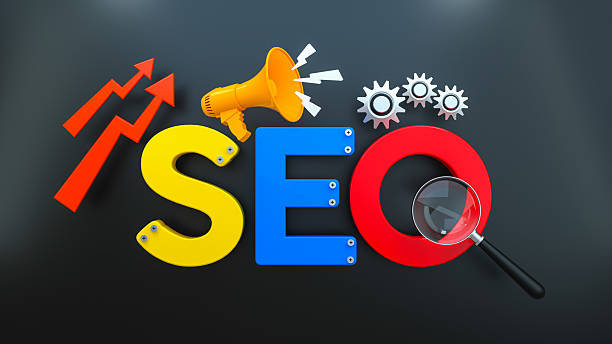
Keyword research is the first and most important step in any On-Page SEO strategy.
Keywords are the phrases that users use to search for information in search engines.
The goal of keyword research is to find phrases that are relevant to your business and have high traffic.
You can use various tools like Ahrefs and Ubersuggest to find the right keywords.
After finding the keywords, you should use them naturally in your site’s content.
Avoid excessive use of keywords (Keyword Stuffing), as this can harm your site’s ranking.
Instead, try to create quality and valuable content that answers users’ questions and needs.
Keywords should be strategically placed in page titles, meta descriptions, body text, images, and other page elements.
In fact, the purpose of keyword research is to help find popular topics among users so that your website can create content on those topics and attract more traffic to your website.
Optimizing Page Title and Meta Descriptions
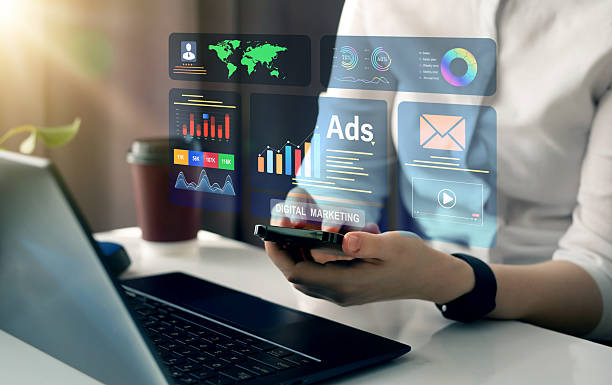
The page title and meta description are two important elements in On-Page SEO that are displayed in search results.
The page title is the main title of your page and should be attractive and relevant to the content of the page.
The meta description is a summary of the page’s content and should encourage the user to click on your link.
The page title should contain the main keyword of the page and be a maximum of 60 characters.
The meta description should also contain the main keyword and related keywords and be a maximum of 160 characters.
Avoid writing duplicate meta descriptions for different pages, as this can harm your site’s ranking.
The title and meta description should be written in a way that is both attractive to search engines and encourages users to click.
| Feature | Description |
|---|---|
| Page Title | Contains the main keyword, maximum 60 characters |
| Meta Description | Contains the main and related keywords, maximum 160 characters |
Content Optimization: The Key to Success in SEO
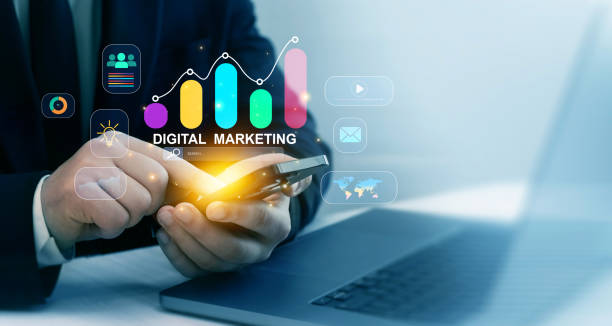
Content is the king of On-Page SEO.
Quality and valuable content not only helps improve your site’s ranking but also encourages users to spend more time on your site and become customers.
Your content should be relevant to your target keywords and answer users’ questions and needs.
Avoid writing duplicate or copied content, as this can harm your site’s ranking.
Content should be unique, engaging, and informative.
To improve content readability, use headings (H1, H2, H3, etc.), paragraphs, lists, and images.
Optimize your images with appropriate Alt Text.
Alt text is a brief description of the image that helps search engines understand the content of the image.
Using relevant images and videos can increase the appeal of your content and encourage users to spend more time on your site.
Also, update your content regularly to keep it fresh and relevant.
Search engines give better rankings to sites that have updated content.
Does your company’s website perform as your brand deserves? In today’s competitive world, your website is your most important online tool. Rasaweb, a specialist in professional corporate website design, helps you to:
✅ Gain customer trust and credibility
✅ Convert website visitors into customers
⚡ Get a free consultation!
Optimizing URL Structure

The URL structure of your pages should be simple, readable, and relevant to the content of the page.
Avoid using long and complex URLs, as this can be confusing for search engines and users.
URLs should contain the main keywords of the page and be separated by a hyphen (-).
For example, the URL of the about us page should be: /about-us and not: /page?id=123.
Clear and descriptive URLs help search engines better understand the content of the page and help users know what page they are going to before clicking on the link.
Also, avoid using uppercase letters and unnecessary characters in URLs.
Try to create shorter and more relevant URLs.
Optimizing Images for SEO
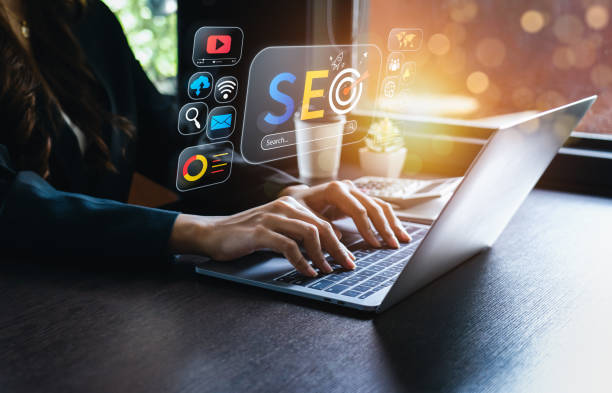
Images play an important role in the visual appeal of your website, but they must be properly optimized for On-Page SEO.
First, reduce the size of the images to increase page loading speed.
You can use online tools like TinyPNG to reduce the size of images without losing quality.
Then, rename the image files with relevant keywords.
For example, if you have an image of a specific product, rename the file to the product name.
Finally, use appropriate Alt Text for images.
Alt text is a brief description of the image that helps search engines understand the content of the image.
The alt text should be relevant to the content of the page and contain the main keywords.
Optimizing images not only helps with On-Page SEO but also improves the user experience.
Images that load quickly and are properly described engage visitors more and increase the likelihood that they will stay on your site and become customers.
Optimizing Internal Links
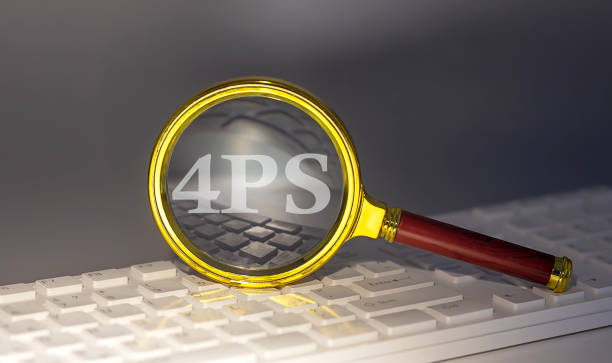
Internal links are links that connect different pages of your site.
Internal links help search engines better understand the structure of your site and identify more important pages.
Internal links also help users easily navigate your site and find the information they need.
When creating internal links, use relevant Anchor Text.
Anchor text is the text that the user clicks on to be taken to another page.
The anchor text should be relevant to the content of the destination page and contain the main keywords.
Avoid creating too many links to one page, as this can harm your site’s ranking.
| Feature | Description |
|---|---|
| Anchor Text | Relevant to the content of the destination page, contains keywords |
| Number of Links | Avoid creating too many links to one page |
In general, internal links should be placed naturally and strategically in your content to help improve site navigation and On-Page SEO ranking.
Optimizing Page Loading Speed
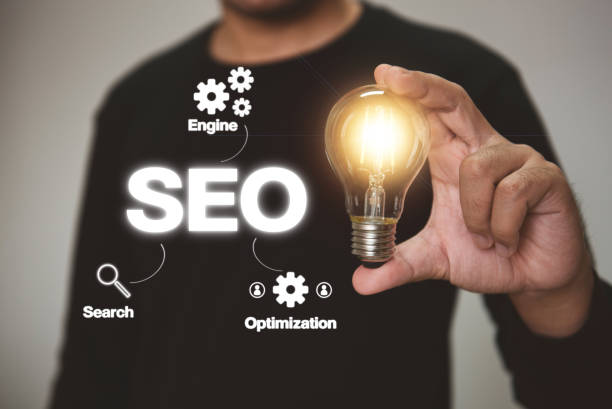
Page loading speed is one of the important factors in On-Page SEO and user experience.
Users expect website pages to load quickly, and if your page loads slowly, users may leave your site and go to another site.
Search engines also give better rankings to sites with high loading speeds.
To improve page loading speed, you can reduce image sizes, use browser caching, use a Content Delivery Network (CDN), and optimize your site’s code.
There are various tools such as Google PageSpeed Insights that can help you identify your site’s speed problems and find ways to improve it.
Optimizing page loading speed not only helps with On-Page SEO but also improves the user experience of your site and increases the likelihood that they will become customers.
A fast and responsive site shows the professionalism of your business.
Is your online store ready to attract maximum customers and increase sales? Rasaweb transforms your online business by designing modern and efficient online stores.
✅ Increased speed and improved SEO
✅ Excellent user experience on mobile and desktop⚡ Get a free consultation on online store website design from Rasaweb!
Optimizing Site for Mobile

Today, most users access the Internet through mobile devices, so optimizing your site for mobile is essential.
A site that is not optimized for mobile may not display correctly on mobile devices and may provide a poor user experience.
Search engines also give better rankings to sites that are optimized for mobile.
To optimize your site for mobile, you should use Responsive Design.
Responsive design allows your site to automatically adapt to the screen size of different devices.
You should also use readable fonts and large buttons so that users can easily navigate your site.
The importance of responsive design in On-Page SEO is clear to everyone.
Optimizing a site for mobile is one of the most important factors in On-Page SEO.
Google gives a better ranking to sites that have mobile optimization
Monitoring and Measuring On-Page SEO Results
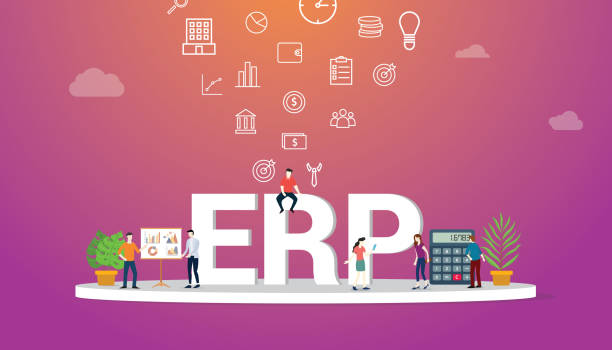
After taking On-Page SEO measures, you should monitor your results and see if your changes have had an impact.
You can use various tools such as Google Analytics and Google Search Console to monitor site traffic, keyword rankings, and other important metrics.
By reviewing these metrics, you can identify the strengths and weaknesses of your On-Page SEO strategy and make the necessary changes.
On-Page SEO is an ongoing process and requires continuous effort and updates.
By monitoring and measuring the results, you can ensure that your efforts are on the right track and achieve the desired results.
On-Page SEO is a process that requires patience and perseverance, and by monitoring and analyzing data, you can gradually achieve the desired results.
Frequently Asked Questions
| Question | Answer |
|---|---|
| What is On-page SEO? | On-page SEO refers to a set of actions performed within a website and on the content of pages to achieve a better ranking in search results. |
| Why is on-page SEO important for a website? | On-page SEO helps search engines better understand the content of your page and assess its importance. It also provides a better user experience for visitors. |
| What are the most important on-page SEO factors? | The most important factors include keyword optimization, content quality, Title Tag, Meta Description, URL structure, Heading tags (H1-H6), internal linking, and image optimization. |
| What role does the Title Tag play in on-page SEO? | The title tag is one of the most important on-page SEO factors that displays the title of your page in search results and browser tabs. It should include the main keyword and be attractive. |
| What is the importance of Meta Description in on-page SEO? | The meta description provides a summary of the page content, and although it does not directly affect ranking, it can increase the click-through rate (CTR) by encouraging users to click. |
| How are keywords used in on-page SEO? | Keywords are the phrases that users use to search for information in search engines. Appropriate and natural use of them in the content helps the search engine to recognize the topic of the page. |
| What is internal linking and what is its benefit in on-page SEO? | Internal linking means creating links between different pages of a website. This helps distribute page credit, helps search engine crawlers, and improves the user experience. |
| How does image optimization affect on-page SEO? | Image optimization includes compressing the size, using appropriate Alt tags, and naming files appropriately. This improves page loading speed and helps search engines understand the content of the image. |
| What does quality content mean in on-page SEO? | Quality content means content that is comprehensive, accurate, unique, up-to-date, and user-friendly and meets the needs of users. |
| What role does URL structure play in on-page SEO? | Readable, short URLs that include the main keyword help search engines and users to better understand the content of the page and improve the user experience. |
And other services of Rasa Web advertising agency in the field of advertising
Smart Social Media: Transform SEO ranking by designing an attractive user interface.
Smart Data Analysis: A fast and efficient solution for managing campaigns with a focus on marketing automation.
Smart Website Development: Designed for businesses looking to improve SEO ranking by using real data.
Smart Linking: A combination of creativity and technology to attract customers through dedicated programming.
Smart Brand Identity: A dedicated service for growing the click-through rate based on attractive user interface design.
And more than hundreds of other services in the field of internet advertising, advertising consulting and organizational solutions
Internet Advertising | Advertising Strategy | Advertorial
Resources
On-Page Optimization: The Definitive Guide – Moz
,On-Page SEO: An Actionable Guide – Ahrefs
,SEMrush On-Page SEO Guide: Techniques and Best Practices
,The Comprehensive Guide to On-Page SEO – Search Engine Journal
? Ready to transform your business in the digital world? Rasaweb Digital Marketing Agency, specializing in website design with a modern user interface and comprehensive marketing strategies, is with you to have a powerful and effective presence in the online space.
📍 Tehran, Mirdamad Street, next to the Central Bank, South Kazeroun Alley, Ramin Alley No. 6




